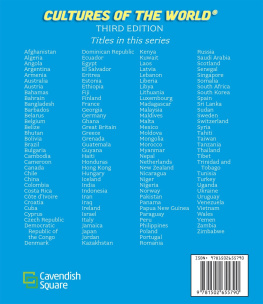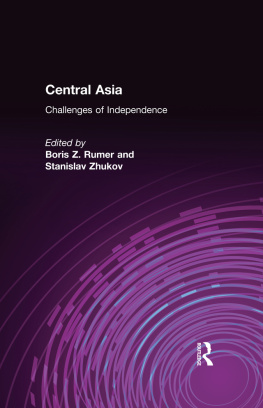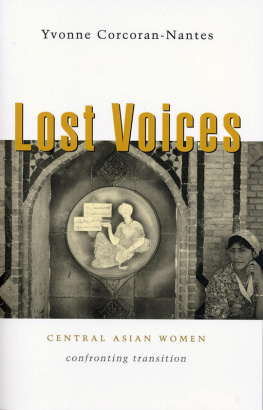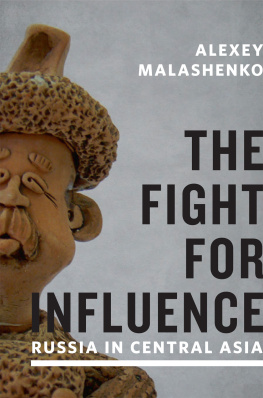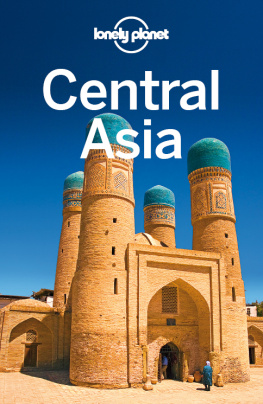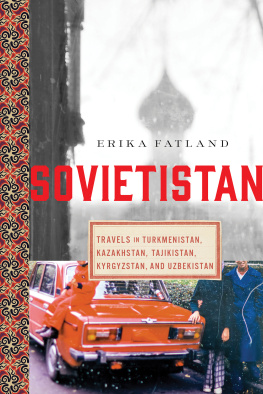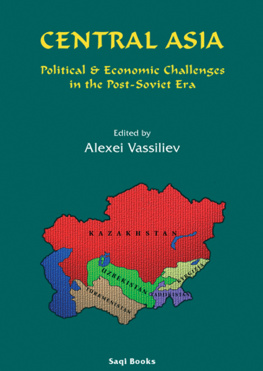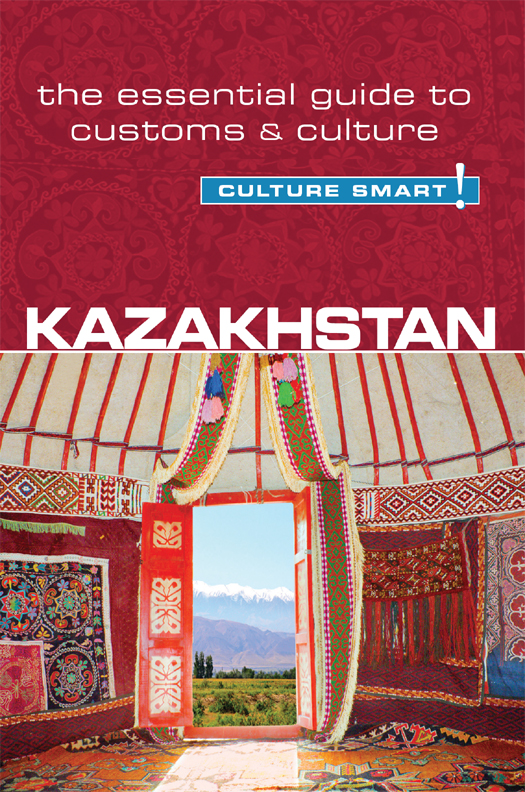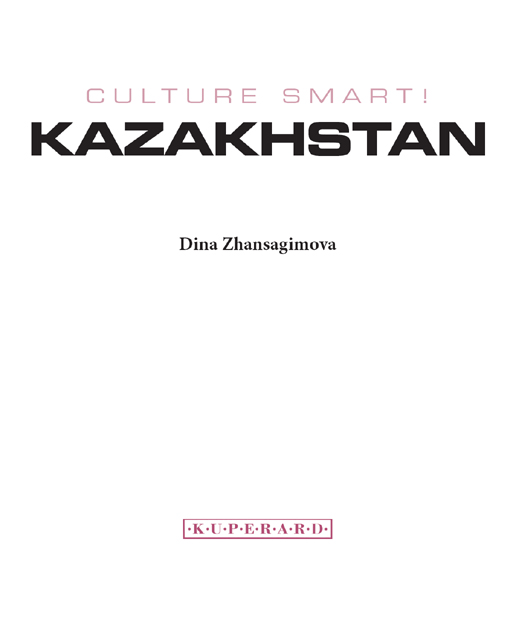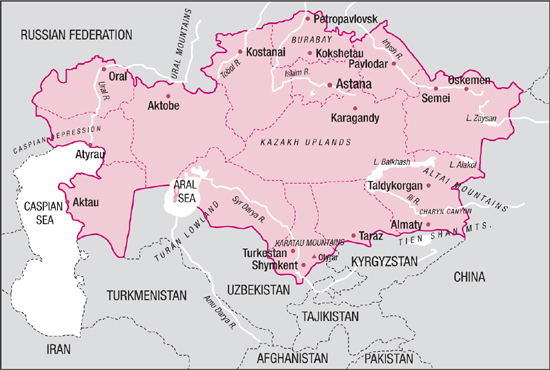In the United Kingdom contact Kuperard publishers at the address below.
ISBN 978 1 85733 681 8
This book is also available as an e-book: eISBN 978-1-85733-682-5
British Library Cataloguing in Publication Data
A CIP catalogue entry for this book is available from the
British Library
First published in Great Britain
by Kuperard, an imprint of Bravo Ltd
59 Hutton Grove, London N12 8DS
Tel: +44 (0) 20 8446 2440 Fax: +44 (0) 20 8446 2441
www.culturesmart.co.uk
Distributed in the United States and Canada
by Random House Distribution Services
1745 Broadway, New York, NY 10019
Tel: +1 (212) 572-2844 Fax: +1 (212) 572-4961
Inquiries:
Series Editor Geoffrey Chesler
Design Bobby Birchall
Cover image: Interior of a traditional Kazakh yurt. Fotolia.com
Images on the following pages reproduced under Creative Commons Attribution-Share Alike 3.0 Unported license: Ricardo Stuckert/PR
Reproduced under Creative Commons Attribution-Share Alike 2.0 Generic license: Alastair Rae from London, United Kingdom
Photos on iStockphoto
v3.1
About the Author
DINA ZHANSAGIMOVA is a Kazakh journalist living in Almaty. After graduating in economics from the Kazakh State University, and gaining an MBA, she became a reporter covering news and current affairs for Kazakh television companies. She then joined the UN Development Program to work on social development projects in Kazakhstan, traveling to some of the most remote regions of the country. In 2003 she was invited to London by the BBC World Service to broadcast news programs in Kazakh. Later she moved to the BBC World Service Trust, the BBCs international development charity, where she ran a number of media projects in Eurasia, before eventually returning to Almaty.
The Culture Smart! series is continuing to expand.
For further information and latest titles visit
www.culturesmart.co.uk
The publishers would like to thank CultureSmart!Consulting for its help in researching and developing the concept for this series.
CultureSmart!Consulting creates tailor-made seminars and consultancy programs to meet a wide range of corporate, public-sector, and individual needs. Whether delivering courses on multicultural team building in the USA, preparing Chinese engineers for a posting in Europe, training call-center staff in India, or raising the awareness of police forces to the needs of diverse ethnic communities, it provides essential, practical, and powerful skills worldwide to an increasingly international workforce.
For details, visit www.culturesmartconsulting.com
CultureSmart!Consulting and CultureSmart! guides have both contributed to and featured regularly in the weekly travel program Fast Track on BBC World TV.
Map of Kazakhstan
Kazakhstan, one of the largest countries in the world, was long hidden from the Westfirst under Russian tsarist rule and then behind the Soviet Iron Curtain. After gaining independence in 1991 the country continued to remain unnoticed among all the stans of Central Asia; now, twenty years on, it has emerged as a modern state with far-reaching ambitions. Free-market reforms and rising oil exports have made Kazakhstan the richest country in Central Asia. It has a vibrant economy, a stable business environment, and a friendly social scene.
The first thing that takes visitors by surprise is the sheer size of the country. For many of those who are reading this book on the inward flight, much of the journey will be over Kazakh land. Seen from the sky, the grasslands are a seemingly endless expanse, but although they may look a little featureless and dull to you they are a source of immense pride to the Kazakhs: these are lands they have kept against all the odds during their grim history. If people on the plane cheer and applaud on landing, they will be Kazakhs, rejoicing at the return to their beloved country.
The modern Kazakh people emerged after the rise and fall of a succession of medieval Turkic states, before being absorbed into the Russian Empire. They were self-reliant pastoral nomads, open hearted, generous, and tolerant, with laws of hospitality that put guests above all. These characteristics have survived to this day, so dont be put off by the serious faces that you will see in the streetthese are just the masks that people grew accustomed to wearing to survive the hardships of the Soviet era. Once you get to know the local people, their genuine warmth, kindness, and loyalty will soon become evident.
There are many contrasts and extremes in Kazakhstan, and you may not like everyone and everything you see. You may find some of the apparent contradictions bewilderingnot least, Asians speaking Russian, who follow a mixture of Muslim, Soviet, and earlier pagan traditions. This book sets out to introduce you to this complex, unknown nation. It guides you through its history, traditions, and social values so that you will be able to identify the signs of its Soviet totalitarian heritage, of Russian cultural influence, and of the Asian mentality with its deep respect for power and hierarchy. It tells you about the Kazakhs at work, at home, at leisure, and in the street; it describes how they celebrate their holidays, and what they eat and drink.
A review of Kazakhstans dynamic business culture and economy shows that honesty and straight dealing are paramount when conducting business with local partners. Foreigners find it very pleasing to work and live in a country that is truly open and receptive to outside influences. All that is needed is a little patience and tact, and you will be rewarded many times over.
Kazakhstanga khosh keldingiz!
Welcome to Kazakhstan!
Key Facts
| Country Name | Republic of Kazakhstan |
| Capital | Astana | Second-largest city after Almaty |
| Main Cities | Almaty, Shymkent, Taraz, Aktau, Atyrau, Oral, Kostanai, Aktobe, Petropavl, Karagandy, Pavlodar, Semei, Oskemen, Kyzylorda, Taldykorgan |
| Population | 16 million (2009 census). 2013 estimates suggest nearly 17 million | Population density is low. |
| Area | 1 million sq. miles (2.7 million sq. km) | Ninth-biggest country in the world |
| Ethnic Makeup | Kazakhs 63%, Russians 24%, others 13% | Others include Uzbeks, Ukrainians, Uighurs, Tatars, Belarusians, Germans, Koreans. |
| Border Countries | Russia, China, Uzbekistan, Kyrgyzstan, Turkmenistan | |


